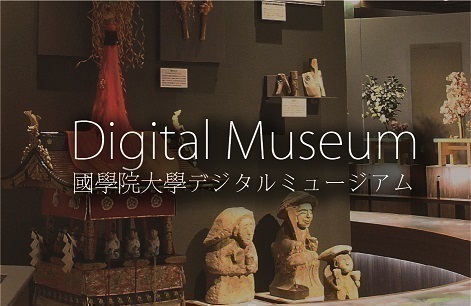- トップ
- Encyclopedia of Shinto
- Kada no Azumamaro
Encyclopedia of Shinto
| Main Menu: | |
| Links: |
詳細表示 (Complete Article)
| カテゴリー1: | 8. Schools, Groups, and Personalities |
|---|---|
| カテゴリー2: | Personalities |
| Title | Kada no Azumamaro |
| Text | (1669-1736) Scholar of National Learning (kokugaku) of the mid-Edo era, and known as one of the "Four Great kokugaku Scholars" (kokugaku shitaijin). Born in Kyoto in the first month of 1669, as the second son of Hakura Nobuaki, a priest and administrator of the shrine Fushimi Inarisha (present-day Fushimi Inari Taisha). Kada's childhood name was Tsurumaru, and his style (name upon coming of age) was Nobumori, while his epistolary name was Saikū. He studied his family's traditions intensely in his youth, but lived independently from 1696. Kada received an appointment from the family of a Buddhist-ordained imperial prince, but in 1700 he traveled to Edo following his ambition of promoting his family's tradition of learning. He made a name for himself among Shinto priests (shinshoku) to whom he gave lectures on poetry and Shinto liturgy, and was called upon to serve Nagaoka Domain (present-day Niigata Prefecture), where he received a stipend and was ordered to participate in the production of legal documents and scholarly written works for the eighth Shogun Tokugawa Yoshimune (1684-1751). Due to the role he played in the promotion of the Japanese studies in society and the posthumous circulation of his treatise Petition for the Establishment of a School of National Learning (Sōkokugakkōkei), he was called the founder of the four great kokugaku scholars by Ōkuni Takamasa (1792-1871) in his Gakutōbenron. Though the Petition calls for the establishment of a kokugaku school by the Tokugawa government, it has also been suggested that the work was neither written by Azumamaro nor accurately reflected his intentions. Azumamaro's school, while boasting on the one hand of the authority of his family's scholarly tradition based on imperial-licenses and secret family transmissions, also sought to carry out empirical textual research, producing many noteworthy insights such as his relegation of the Nihon shoki's Books of the Divine Age (Jindai no maki) to the realm of myth. He suffered from illness in his later years, and before his death entrusted the leadership of his school to his nephew Kada no Arimaro (1706-1751). Kada died in 1736 at the age of sixty-eight. He was the author of Man'yōshū hekianshō, Shun'yōshū and Jindaikan sakki, among other works. See also Sōkokugakkōkei . - Mori Mizue |




